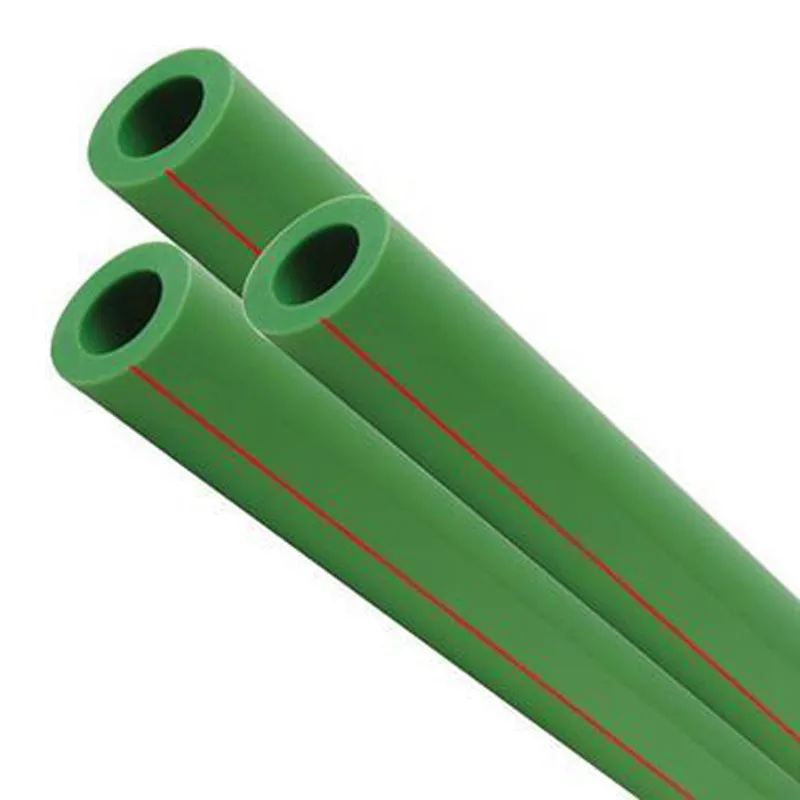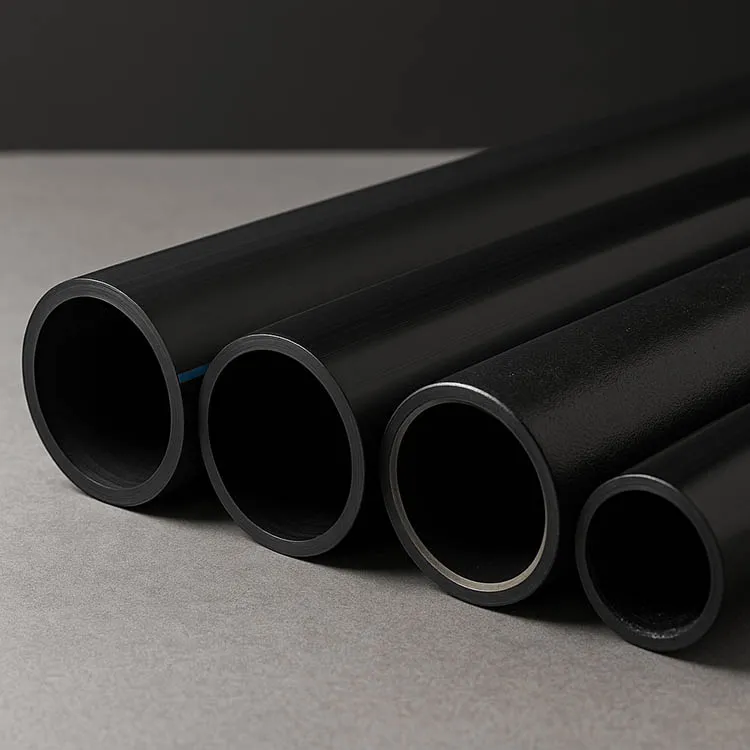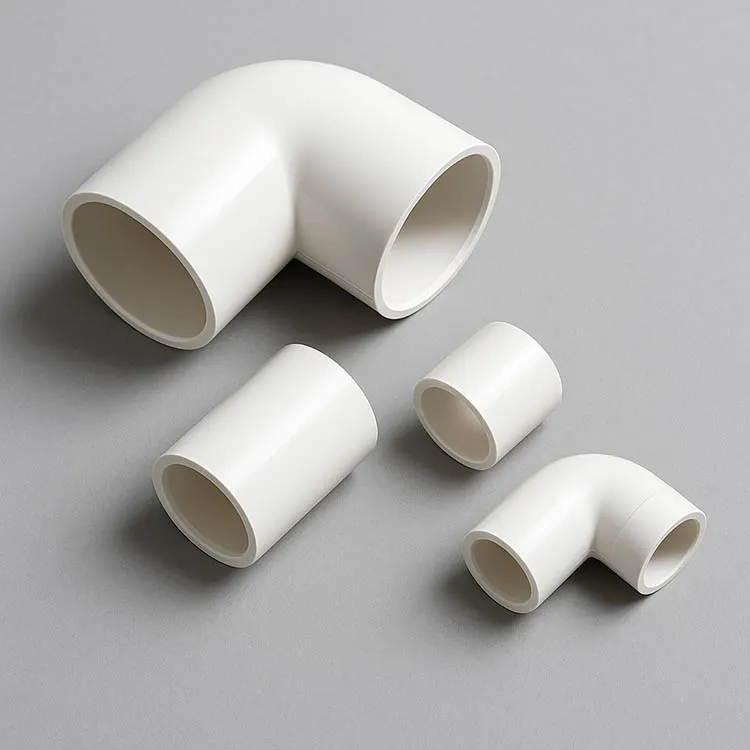The connection between HDPE pipe and HDPE cluster pipe
HDPE pipe (high-density polyethylene pipe) and HDPE cluster pipe (HDPE Cluster Pipe) belong to the HDPE material pipeline system, but their application scenarios and structures are different.
1. Same material
Both use high-density polyethylene (HDPE) material, which has good corrosion resistance, impact resistance, flexibility and environmental protection performance. HDPE material determines that they can maintain stable physical and chemical properties in various environments.
2. Structural differences
HDPE pipe: usually a single pipe, suitable for water supply, drainage, gas transmission, power pipelines, etc.
HDPE cluster pipe: composed of multiple small-diameter HDPE micro-tubes combined together to form an integrated pipe bundle, mainly used for communication and power cable protection, convenient for centralized management and maintenance.
3. Connection between main application areas
Water supply and drainage system (HDPE pipe): used to transport domestic water, sewage, rainwater, etc.
Power and communication industry (HDPE pipe & HDPE cluster pipe):
HDPE pipe can be used as a separate power or communication protection pipe.
HDPE cluster pipes are more suitable for the centralized laying of optical cables and cables, providing multi-channel protection and improving wiring efficiency.
Municipal Engineering (HDPE Pipe & HDPE Cluster Pipe):
HDPE pipes are used for drainage, gas transmission, rainwater collection, etc.
HDPE cluster pipes are used for urban communication network construction, such as optical fiber wiring and data center connection.
4. Similar construction and connection methods
Both can be connected by hot melt, socket connection or sealed joints, which are convenient for construction and have good sealing. HDPE pipes are mainly used for straight-line laying, while HDPE cluster pipes are more suitable for complex terrains such as curved laying and underground staggered wiring due to their good flexibility.
Both HDPE pipes and HDPE cluster pipes are based on HDPE materials and have common characteristics such as corrosion resistance, pressure resistance, strong flexibility and environmental protection, but they have different uses. HDPE pipes are more suitable for fluid transportation (water supply and drainage, gas, etc.), while HDPE cluster pipes are mainly used for communication and power cable protection, which is convenient for centralized management of multiple lines. Both are widely used in municipal, electric power, communications and other fields, and can be used in conjunction with each other to optimize the performance and layout of the pipeline system.
Performance advantages of HDPE cluster pipes
High mechanical strength
HDPE cluster pipes are made of high-density polyethylene material, which has high hardness and tensile strength, can withstand large external loads, and are not easily broken or deformed by external forces under different laying methods such as buried or overhead, and can effectively protect the cables in the pipe.
Good compressive resistance enables it to adapt to various complex construction environments and geological conditions. For example, in road construction, crossing rivers, etc., it can still maintain structural integrity and ensure cable safety.
Excellent corrosion resistance
HDPE material itself has excellent chemical stability and strong tolerance to chemical substances such as acids, alkalis, and salts. HDPE cluster pipes can maintain stable performance in various harsh chemical environments and are not easily corroded.
This feature makes it particularly suitable for environments with corrosive media such as chemical parks and coastal areas, which can greatly extend the service life of pipelines and reduce maintenance costs.
Good flexibility
HDPE cluster tubes have good flexibility and can be bent according to construction needs. They are convenient for laying under different terrain and space conditions. They can adapt to complex terrains such as mountains and hills, reducing the difficulty and workload of construction.
Its flexibility can also effectively resist the impact of natural disasters such as earthquakes and ground subsidence, reduce the risk of pipeline damage, and ensure the continuity of communication or power transmission.
Efficient cable threading performance
The inner wall of the cluster tube is smooth and the friction coefficient is low, generally less than 0.2, which is conducive to the insertion and laying of cables, which can greatly improve construction efficiency and reduce damage to cables during the cable threading process.
Multiple cluster tubes are combined together to form an integral bundle structure, which facilitates the centralized laying of multiple cables, management and maintenance, and also provides convenience for later cable expansion and replacement.
Good waterproof sealing
HDPE cluster tubes adopt special sealing structures and connection methods, such as hot-melt connections or special sealing joints, which can ensure the tight connection between pipes, effectively prevent rainwater, groundwater, etc. from penetrating into the pipe, and protect cables from water erosion.
Excellent waterproof sealing performance can maintain a dry environment inside the tube, prevent the cable from being affected by moisture, extend the service life of the cable, and improve the reliability of the entire system.
Good environmental performance
The materials used in HDPE cluster tubes are non-toxic and harmless. During production, use and disposal, they will not pollute the environment and meet environmental protection requirements.
HDPE materials can be recycled and reused. After the service life of the cluster tube ends, it can be recycled and reprocessed into other plastic products, which reduces the pressure on the environment and has good environmental benefits.
Application areas of HDPE cluster tubes
Communication industry
Long-distance communication trunk lines: In long-distance communication networks, HDPE cluster tubes are often used to lay large-capacity communication cables, such as optical fiber cables, as channels for communication signal transmission, connecting different cities and regions, and realizing long-distance communication.
Local communication network: In the construction of local communication networks in cities and rural areas, cluster tubes can be used for cable laying from communication base stations to user terminals, providing transmission support for communication services such as telephone, Internet, and mobile signals, and meeting people's daily communication needs.
Power industry
Power cable protection: HDPE cluster tubes can be used as protective sleeves for power cables. Multiple power cables are laid in cluster tubes to isolate and protect them, prevent the cables from being affected by the external environment, and improve the safety and reliability of power transmission.
Substation and distribution room connection: In and around power facilities such as substations and distribution rooms, cluster tubes can be used to connect cables between different devices, making the cable layout more neat and standardized, easy to maintain and manage, and also effectively preventing the cables from mechanical damage and corrosion.
Transportation field
Highway communication and monitoring system: In highway construction, HDPE cluster tubes are used to lay communication and monitoring cables to achieve interconnection of toll collection, monitoring, communication and other systems along the highway, and ensure the safe operation and management of the highway.
Urban rail transit: In urban subways, light rails and other rail transit projects, cluster tubes can be used to lay signal cables, communication cables, etc., to provide reliable channels for signal transmission, communication and contact of rail transit, and ensure the normal operation of the rail transit system.
Other fields
Intelligent buildings: In intelligent buildings, HDPE cluster tubes can be used for integrated wiring systems to centrally lay cables for communication, network, monitoring, security and other systems in the building, realize the interconnection of various equipment in the building, and improve the intelligence level of the building.
Industrial parks: In industrial parks, cluster tubes can be used to lay various cables such as communication, power, and monitoring to meet the production and office needs of enterprises in the park and provide support for the information construction and management of the park.




939.webp)


294.webp)
476.webp)
420.webp)
146.webp)
460.webp)
287.webp)
274.webp)
688.webp)


